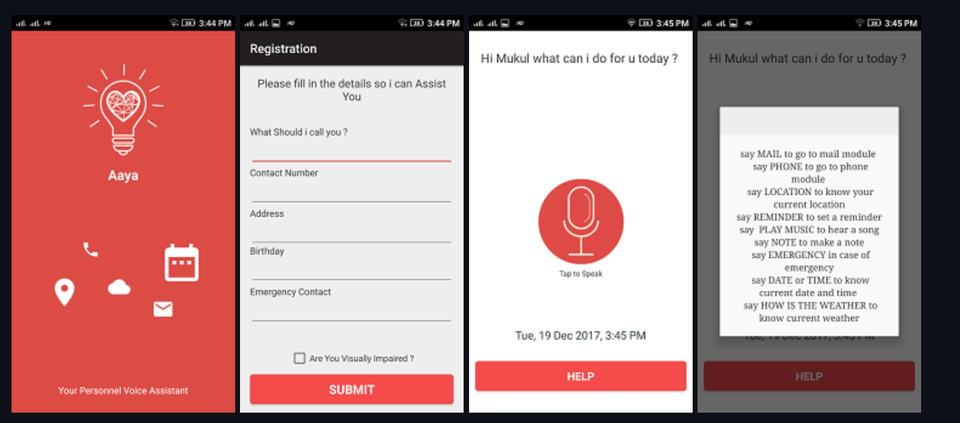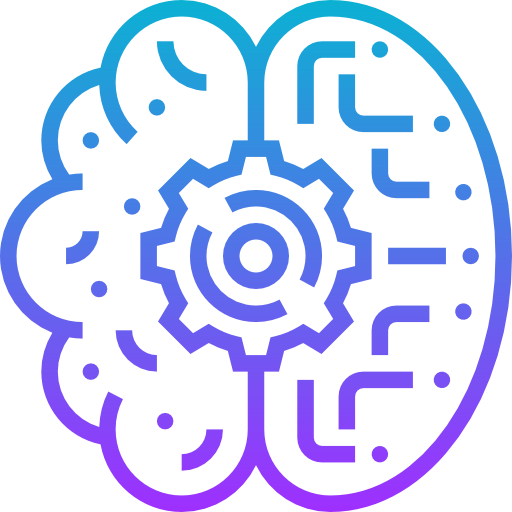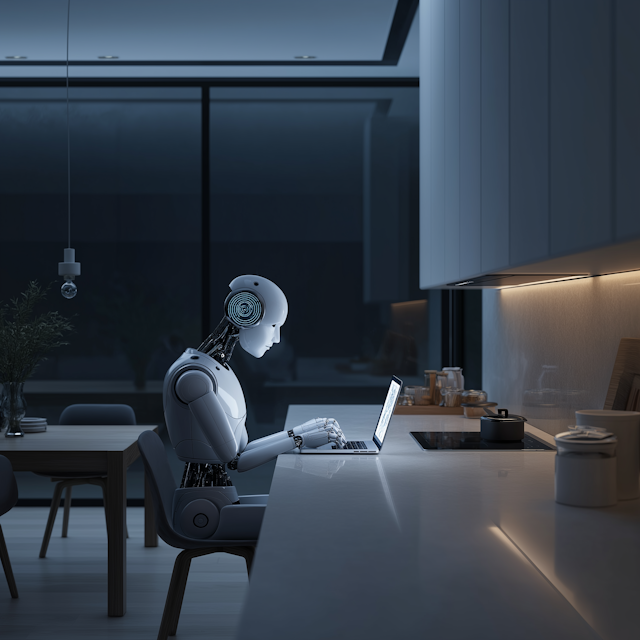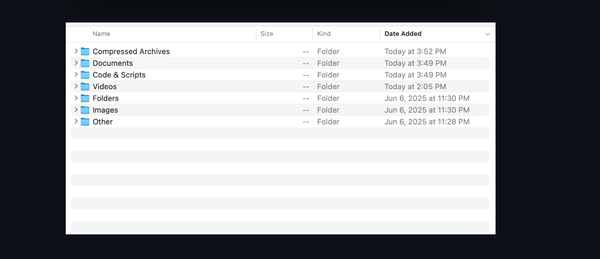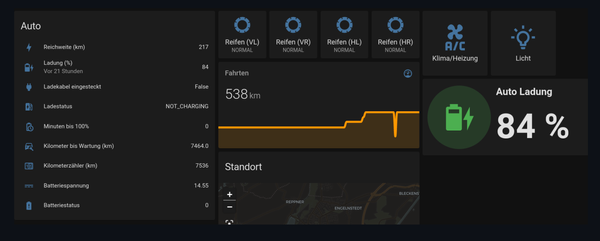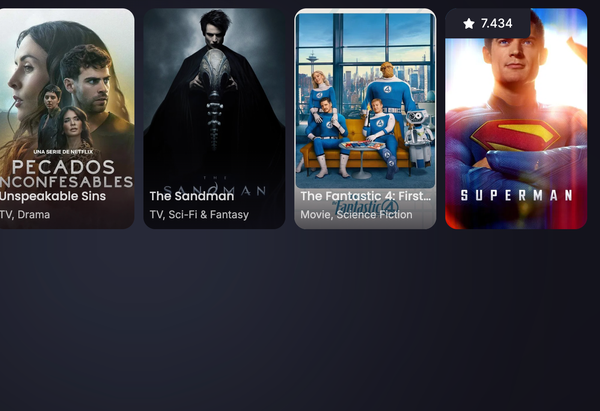Aaya: The Voice Assistant That Almost Changed Everything (And Why It Was Forgotten)
Aaya: The Forgotten Voice Assistant That Could’ve Changed Lives, And Why It’s a Cautionary Tale for Open Source
Table of Content
“A good idea doesn’t die because it’s not finished. It dies when no one remembers it was ever alive.”
Once Upon a Time… There Was Aaya
Back in 2017, amid the AI boom and voice assistant frenzy (Siri, Alexa, Google Assistant), a quiet but powerful vision emerged from an open-source GitHub repo named Aaya, Personal Voice Assistant For Blind & Aware.
It wasn’t flashy. No big company backing it. Just a passionate developer or team who looked at the world and asked:
"What if a blind person could navigate their day, call, text, check weather, set alarms, even make notes, all with just their voice?"
And so, Aaya was born.
Built for Android, powered by voice recognition, and designed with empathy at its core, Aaya promised to be more than just another smart assistant. It aimed to be a lifeline.
Cool Features
- Voice-controlled calling & texting
- Email & Google search via voice
- Location tracking & emergency alerts
- Music player control
- Notes, alarms, calendar events
- Weather checks
- Real-time help menu
…it wasn’t just functional. It was human.
And yes, it was open source. On GitHub. Free. Available. Waiting to be built upon.
But here’s the heartbreaking truth…
- No updates since 2017.
- 18 Forks yet, Zero active forks.
- Not a single major rewrite or community revival.
So, is Aaya dead?
Yes. But not because it failed.
It died because it was forgotten.
Why Aaya Didn’t Survive, And What We Can Learn
Let me be real: Aaya wasn’t broken. It worked.
The screenshots from 2017 show a clean UI, logical voice commands, and solid integration with Android's accessibility layer.
But here’s what killed it:
1. No Ongoing Maintenance
Open source isn’t magic. It needs love.
When the original devs stopped updating it, especially as Android evolved (API changes, accessibility APIs, new voice frameworks), Aaya became incompatible, buggy, or simply unusable on modern devices.
“An open-source project without maintenance is like a library with no librarians.”
2. No Community Momentum
Despite being open source, it never gained traction.
No contributors. No issues filed. No pull requests. No documentation improvements.
Why?
Maybe the name didn’t resonate. Maybe the README wasn’t clear. Maybe people didn’t know it existed.
Or worse, maybe they saw it, tried it, and found it outdated.
3. No Integration With Modern Accessibility Standards
Android has come a long way with TalkBack, Voice Access, and AI-powered accessibility tools.
But Aaya didn’t evolve with them. It remained a standalone app, isolated, unoptimized, and invisible.
So Where Are the Alternatives Today?
Good news: We’re not stuck in 2017.
The world has moved on — and some amazing tools now serve the visually impaired community better than ever.
Here are the real alternatives that actually work today:
| Feature | Best Alternatives |
|---|---|
| Voice Control & Navigation | Google’s Voice Access (free, built into Android) |
| Talking Calendar & Reminders | TalkBack + Google Calendar |
| Texting & Calling | Google Assistant + Android’s built-in accessibility |
| Emergency SOS | Samsung’s Eye Comfort Mode / Apple’s Emergency SOS |
| Note-Taking | Voice Memo + Google Keep (with voice input) |
| Web Search | Google Assistant / DuckDuckGo with voice |
| Custom Voice Commands | Tasker + Voice Access (advanced users) |
These aren’t perfect, but they’re alive, updated, supported, and integrated with modern OS features.
And yes, they’re free.
But Here’s the Bigger Lesson: Aaya Was Ahead of Its Time
Aaya wasn’t just a tool.
It was a statement.
It said:
“You don’t need sight to live a full life, you just need the right tools.”
And it tried to build those tools.
That deserves respect.
But let’s also learn from its silence.
Open source projects die not from lack of ideas — but from lack of care & Support.
If you're a developer reading this:
- If you see a project like Aaya, even if it’s old, don’t ignore it.
- Check the code.
- Fix a bug.
- Add documentation.
- Fork it.
- Make it usable again.
Because someone out there, maybe a blind student, a senior citizen, or a parent trying to support their child, might be waiting for a voice to say:
“I got you.”
✨ Let’s Bring Aaya Back, Not As a Clone, But As a Legacy and A Base Idea for Similar Projects to HELP!
Imagine this:
A modern version of Aaya, built on Android’s Accessibility API, powered by on-device voice models, using privacy-first design, and fully compatible with TalkBack.
A lightweight, fast, offline-capable voice assistant, designed by and for the blind community, not just by tech giants chasing market share.
It could be:
- Open source
- Crowdfunded
- Community-driven
- Built with empathy
And if we do it right, this time, it won’t die.
Final Thought: Don’t Let Good Ideas Fade Into Silence
Aaya may be gone, but its spirit lives on.
Let’s stop building apps for the sake of novelty.
Let’s start building ones that matter.
Let’s remember:
Technology isn’t about how smart it is, it’s about how kind it is.
So if you care about accessibility, inclusion, or open source,
Go find Aaya. Read the code. Think about it. And then ask yourself:
“What if I helped bring it back?”
Because one day, someone might say:
“Thanks to you, I finally felt seen.”
Have you used Aaya? Know of a similar open-source project? Share your thoughts below. Let’s keep the conversation alive.
✨ Because every idea deserves a second chance — especially when it’s meant to help others breathe easier.

